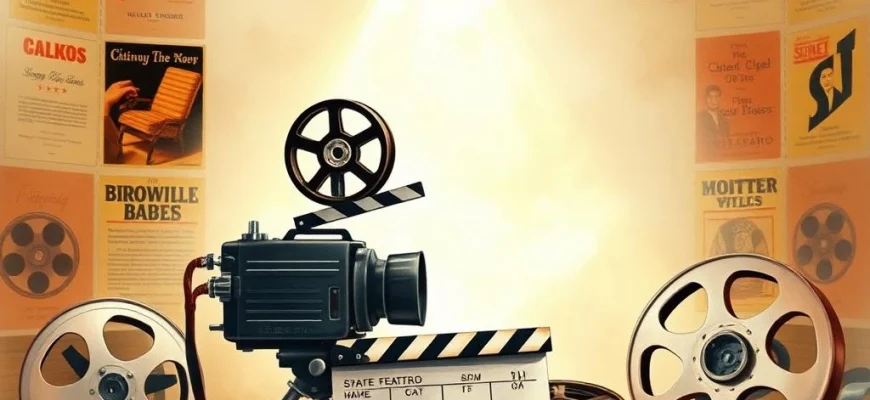If you loved the silent film charm and nostalgic storytelling of *The Artist* (2011), you're in for a treat! This article explores 10 movies and shows that capture the same magic—whether through black-and-white cinematography, heartfelt performances, or a celebration of cinema's golden age. Dive in to discover your next favorite film!
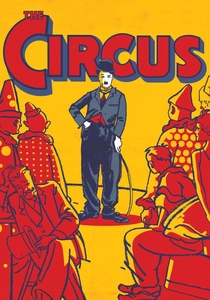
The Circus (1928)
Description: A silent comedy that combines physical humor with a touching narrative about a tramp who finds work and love in a traveling circus.
Fact: Charlie Chaplin won a special Academy Award for 'versatility and genius in writing, acting, directing, and producing' this film.
 Watch Now
Watch Now 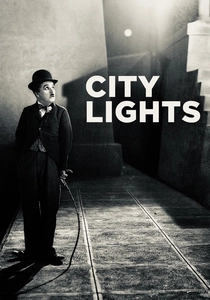
City Lights (1931)
Description: A silent romantic comedy that masterfully blends humor and emotion, telling the story of a tramp who falls in love with a blind flower girl.
Fact: Despite the advent of sound films, Chaplin insisted on keeping this film silent, and it became one of his most acclaimed works.
 Watch Now
Watch Now 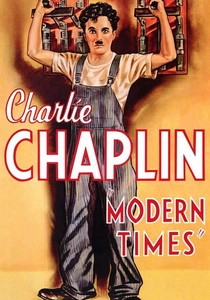
Modern Times (1936)
Description: A silent film that critiques industrialization and modernity through the eyes of a factory worker, using slapstick comedy to deliver a profound social message.
Fact: This was Charlie Chaplin's last silent film, and it includes his first audible speech in a movie, albeit in a nonsensical song.
 Watch Now
Watch Now 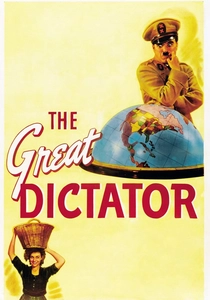
The Great Dictator (1940)
Description: A satirical comedy that blends humor with poignant social commentary, showcasing the power of silent film techniques in a talkie era.
Fact: This was Charlie Chaplin's first full-sound film, and his famous final speech was improvised on set.
 Watch Now
Watch Now 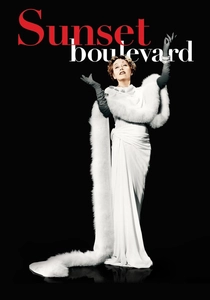
Sunset Boulevard (1950)
Description: A noir drama that delves into the fading glory of silent film stars, portraying the melancholic side of Hollywood's golden age with sharp dialogue and atmospheric visuals.
Fact: The film's famous line 'I am big. It's the pictures that got small' was voted as one of the greatest movie quotes by the American Film Institute.
 Watch Now
Watch Now 
Limelight (1952)
Description: A heartfelt drama about a fading vaudeville star, reflecting on the passage of time and the bittersweet nature of fame, with a mix of humor and pathos.
Fact: The film features the only on-screen collaboration between Charlie Chaplin and Buster Keaton.
 Watch Now
Watch Now 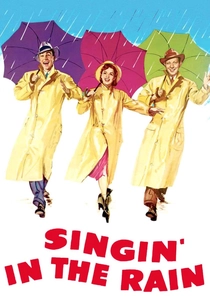
Singin' in the Rain (1952)
Description: A musical comedy that explores the transition from silent films to talkies, capturing the charm and challenges of early Hollywood with a blend of humor and romance.
Fact: The iconic rain sequence was filmed with real water, and Gene Kelly performed despite having a 103-degree fever.
 Watch Now
Watch Now 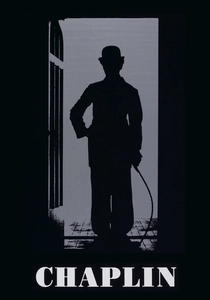
Chaplin (1992)
Description: A biographical film that chronicles the life of a legendary silent film star, highlighting his creative genius, personal struggles, and the evolution of cinema.
Fact: Robert Downey Jr. spent months studying Charlie Chaplin's films and even learned to play the violin left-handed to prepare for the role.
 Watch Now
Watch Now 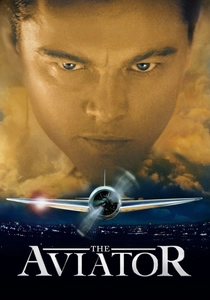
The Aviator (2004)
Description: A biographical drama that captures the glamour and turbulence of Hollywood's golden era, focusing on the life of a visionary filmmaker and his struggles with fame and innovation.
Fact: The film used a two-strip Technicolor process to authentically recreate the look of early color films from the 1920s and 1930s.
 Watch Now
Watch Now 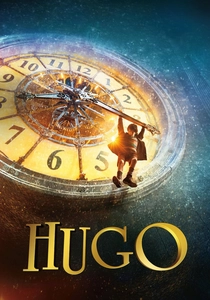
Hugo (2011)
Description: A visually stunning film that pays homage to early cinema, blending fantasy and history to celebrate the magic of filmmaking and the preservation of cinematic heritage.
Fact: The movie features actual footage from Georges Méliès' silent films, seamlessly integrated into the narrative.
 Watch Now
Watch Now 
